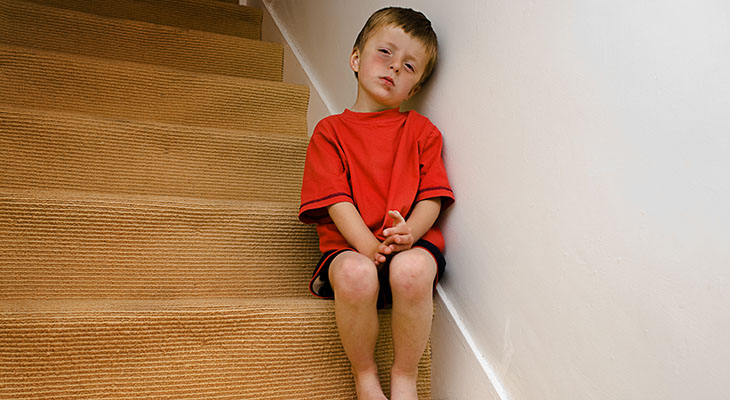Health care providers should follow the updated TEN-4-FACESp guidelines when evaluating a young child for physical abuse.

Every adult in Kentucky, regardless of profession, is required by law to report suspected child abuse or neglect. Health care providers should follow the updated TEN-4 FACESp clinical decision rule any time they are evaluating a young child.
The TEN-4 FACESp guidelines can improve the detection of abuse in young children who present with bruising. This new acronym is an update to the “TEN-4” bruising rule with additional, more detailed criteria:
For a child less than 4 years old, any one of the following signs can suggest possible physical abuse:
Bruising of the:
- Torso
- Ears
- Neck
Bruising of the:
- Frenulum
- Angle of the jaw
- Cheeks
- Eyelids
- Subconjunctivae
And/or Patterned bruising
For a child that is 4 months old or younger, any bruising suggests possible physical abuse.
Refer a patient
To refer a patient to Norton Children’s Pediatric Protection Specialists:
Although bruising is common in young children, a bruise’s location can help differentiate between accidental injuries and possible child abuse. Bruising is the most common sign of physical abuse, however they are easily overlooked or misinterpreted as being caused by something other than abuse.
According to the study “Validation of a Clinical Decision Rule to Predict Abuse in Young Children Based on Bruising Characteristics” (Pierce MC, 2021), the TEN-4 FACESp clinical decision rule can help prevent serious, potentially fatal or near-fatal abuse before it happens.
“Such a rule is especially critical for infants and young children who are at the highest risk of serious, potentially fatal abuse and who are too young or afraid to state what happened,” the study said.
Making clear, timely reports to investigators can significantly alter the course of an investigation and may allow maltreated children to be protected more quickly. Only a “reasonable suspicion” for maltreatment is needed when making a report of abuse or neglect, so providers should not wait for proof before making a report. A final medical impression regarding abuse or neglect can take time, and prompt reporting can allow for earlier protection in the course of the evaluation.
Providers should follow best practices when communicating their concerns to child protective services and/or law enforcement investigators.
This article was reviewed by Nicholas Miles, M.D., child abuse pediatrics fellow with Norton Children’s Pediatric Protection Specialists.
To Report Abuse
In Kentucky, all individuals are considered mandated reporters and are required by law to report suspected abuse or neglect.
Kentucky: (877) KYSAFE1 (1-877-597-2331)
Report online during business hours
If a child is in immediate danger, call 911.
Norton Children’s Pediatric Protection Specialists
For guidance regarding evaluations and how to report child maltreatment concerns
Office (8 a.m. to 4 p.m.): (502) 629-3099

